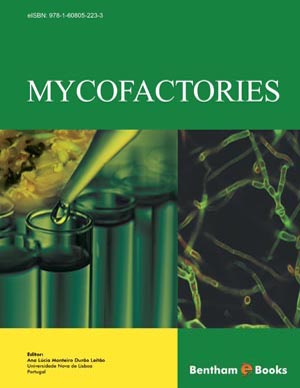Abstract
SHS investigation development is considered from the geographical and historical viewpoint. 3 stages are described. Within Stage 1 the work was carried out in the Department of the Institute of Chemical Physics in Chernogolovka where the scientific discovery had been made. At Stage 2 the interest to SHS arose in different cities and towns of the former USSR. Within Stage 3 SHS entered the international scene. Now SHS processes and products are being studied in more than 50 countries.
Abstract
Copper containing proteins are widespread in nature, ranging from humans to simple prokaryotes. They are involved in several functions related with copper homeostasis, transport and energy metabolism. Multicopper oxidases are a well characterized group of copper-containing proteins, characterized by their ability to employ the redox properties of the copper atoms to catalyze substrate oxidations. The multicopper oxidases have been classified in three distinct families according to their fold and properties: (I) nitrite reductase-type, (II) laccase-type and (III) ceruloplasmin-type. In fungi, multicopper oxidases showed versatile metabolic properties, being involved in reactions such as polymerization of phenolic acids to constitute lignin, and the oxidative degradation of xenobiotic compounds. In this review we will analyze in detail the structural properties of two main groups of fungal multicopper oxidases, laccases and tyrosinases, in order to establish solid structure-activity relationships among all their members. Structural features of multicopper oxidases from fungal origin will be also related with the substrate specificity of the enzymes and their possible applications in biotechnological processes.
Recommended Chapters
We recommend

Authors:Bentham Science Books


 Download PDF Flyer
Download PDF Flyer



